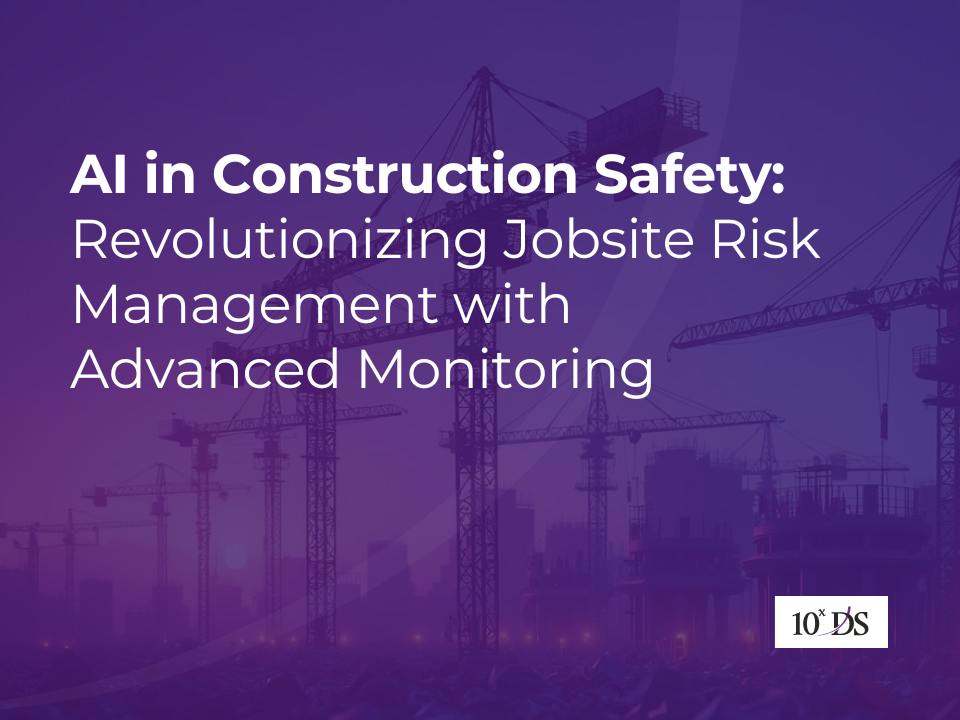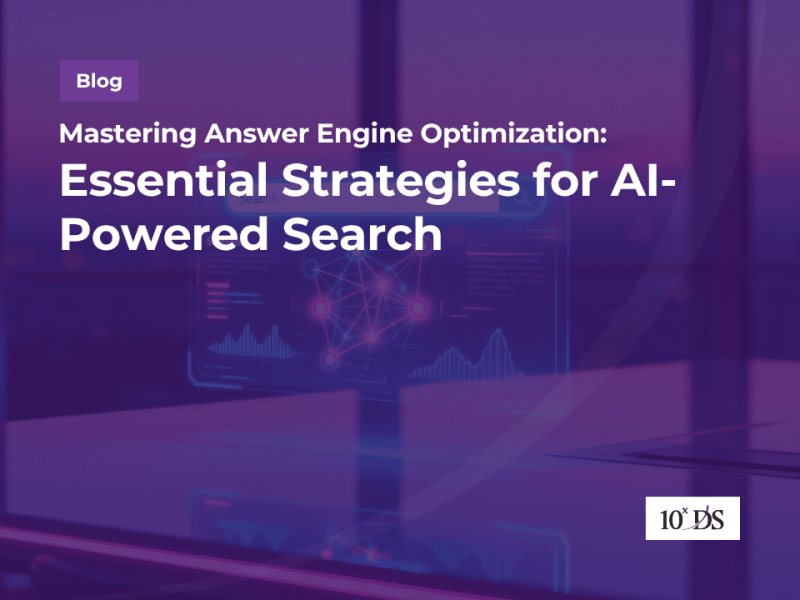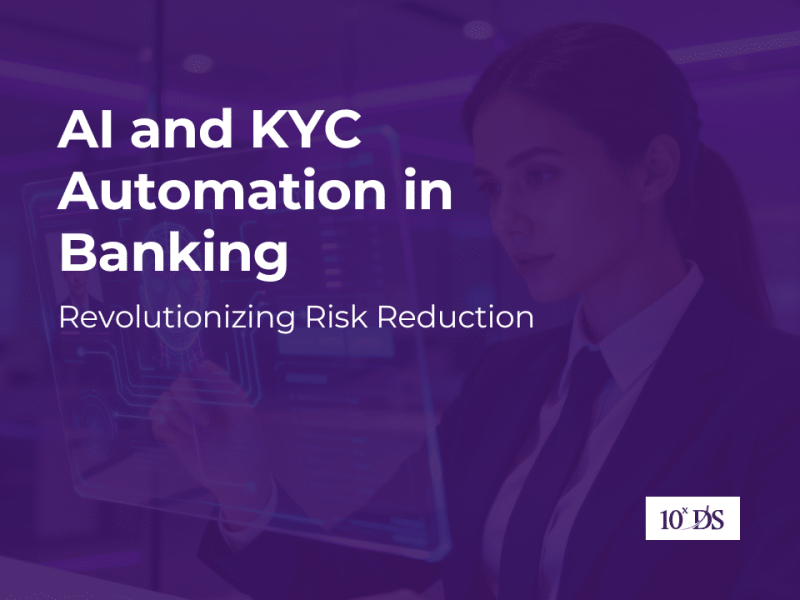
AI in Construction Safety: Revolutionizing Jobsite Risk Management with Advanced Monitoring
The construction industry, often characterized by its dynamic environments, heavy machinery, and dispersed teams, consistently ranks among the most hazardous sectors for workplace incidents. Annually, it accounts for a significant portion of all worker fatalities, making enhanced safety measures a critical priority. In response to these persistent challenges, Artificial Intelligence (AI) has emerged as a transformative force, enabling companies to proactively identify risks, mitigate incidents, and safeguard their workforce like never before. This shift from reactive measures to proactive prevention is fundamentally changing how safety is managed on construction sites.
AI’s influence on jobsite safety management is evident through innovative tools such as AI-powered video analytics, predictive maintenance, and sophisticated behaviour monitoring systems. This blog delves into the diverse applications and profound benefits of AI in construction safety, exploring how intelligent solutions are establishing new benchmarks for risk management and operational efficiency.
Key Applications of AI Site Safety Monitoring
AI is fundamentally reshaping safety monitoring on construction sites by delivering real-time data, rapid hazard detection, and automated compliance verification. These advancements ensure that construction projects are not only more secure but also more efficient and compliant with stringent safety regulations. The global market for artificial intelligence (AI) in construction is experiencing rapid growth. According to Verified Market Research, the market was valued at approximately $1.53 billion in 2024and is projected to reach $14.21 billion by 2031, growing at a compound annual growth rate (CAGR) of 36.00% during this period. The adoption of robust AI in construction safety is paving the way for a more intelligent and responsive approach to risk management.
Real-Time Hazard Detection with Computer Vision
One of the most powerful applications of AI in construction safety lies in computer vision systems integrated with CCTV and jobsite cameras. These intelligent systems continuously scan the work environment, automatically identifyingbehaviours and conditions that may pose risks. For example, they can detect whether workers are failing to wear personal protective equipment such as helmets, safety vests, or harnesses. The advantage of computer vision over human supervisors is its tireless consistency. Unlike people, AI systems do not fatigue, lose focus, or miss repetitive violations. They maintain constant 24/7 vigilance and issue immediate alerts to supervisors or safety officers the moment unsafe conditions arise, dramatically reducing the time between hazard detection and corrective action.
Predictive Risk Analysis Through Data
While real-time monitoring is vital, one of AI’s most transformative capabilities is its ability to predict risks before they materialize. Construction sites generate vast amounts of data from weather sensors, machinery logs, worker schedules, and historical safety records. AI algorithms can analyse these massive datasets, identifying patterns and correlations that humans would likely overlook. For instance, analysis might reveal that falls are more likely under specific weather conditions such as strong winds or rain, or that a particular machine tends to malfunction after a set number of hours of operation. Similarly, AI can highlight when employees working extended shifts without sufficient rest are more prone to errors that could lead to accidents. By surfacing these predictive insights, AI enables managers to proactively adjust schedules, enforce rest breaks, strengthen safety training, or even delay risky activities until conditions are safer. In this way, AI transforms safety management from a reactive process into one that is anticipatory and preventative.
Wearables for Worker Health and Safety
Another critical application of AI is its integration with wearable technology designed to monitor worker health and well-being in real time. Smart helmets, safety vests, and wristbands embedded with biometric and location-tracking sensors are increasingly being adopted across construction sites. These devices continuously collect data on vital signs such as heart rate, body temperature, and movement patterns. When paired with AI analytics, the wearables become powerful tools for preventing accidents before they occur. For example, AI can detect early signs of fatigue, monitor heat stress, or recognize when posture or repetitive strain may put workers at risk of musculoskeletal injuries. Beyond individual health monitoring, the system can identify when workers enter high-risk zones or dangerous proximity to hazardous equipment Importantly, AI does not simply collect these data points in isolation; it synthesizes them into meaningful trends, allowing managers to implement preventative measures such as mandatory hydration breaks during heatwaves or rotation schedules to reduce fatigue.
Worker Behaviour Analysis and Safety
AI’s capacity to monitor and assess worker behaviour is a pivotal aspect of modern construction safety. Utilizing data from video feeds, telematics, and various sensors, AI systems can objectively score drivers and equipment operators on their safety performance. This data-driven approach highlights unsafe behaviour trends, enabling targeted training interventions and automated coaching tailored to individual performance needs. With AI, safety management transforms into a continuous, measurable, and proactive element of daily operations, moving beyond mere compliance to foster a culture of constant safety improvement through advanced AI site safety monitoring.
Comprehensive Site Visibility and Hazard Detection
The complexity and dynamic nature of construction sites make real-time hazard monitoring a significant challenge. AI bridges this gap by centralizing and integrating data from diverse sources, including cameras, vehicles, and equipment, into intuitive safety dashboards. This unified view empowers managers to rapidly identify risks and initiate timely interventions. Such site-wide safety visibility enables safety managers to detect risks across multiple sites simultaneously, prioritize interventions based on the severity of the identified hazards, and track safety improvements over time. The result is a safer job site where data-driven decisions are made efficiently and effectively, showcasing the robust capabilities of AI in construction safety.
Streamlining Compliance and Inspections
Beyond hazard detection, AI also plays a crucial role in streamlining administrative safety tasks. By automating documentation and compliance checks, AI solutions significantly speed up the processes for permits and inspections. This automation reduces delays and ensures consistent adherence to safety regulations, minimizing human error and administrative burden. Real-time safety dashboards, powered by AI, integrate all relevant site conditions and compliance data, offering actionable insights for proactive safety management and ensuring that regulatory requirements are met with precision. This application further solidifies the role of AI in improving overall AI site safety monitoring protocols.
Transformative Benefits of AI-Powered Safety Solutions
The adoption of AI in construction safety yields a multitude of benefits that extend across all facets of a construction project, enhancing both worker well-being and operational efficiency.
- Significant Reduction in Accidents: Real-time monitoring and predictive alerts drastically cut down on-site injuries and fatalities.
- Financial Savings: Fewer accidents mean lower insurance claims, reduced compensation pay-outs, minimized downtime, and improved project delivery timelines.
- Regulatory Compliance: Automated tracking ensures that companies meet safety standards consistently, reducing the risk of penalties.
- Data-Driven Safety Policies: AI transforms raw data into actionable intelligence, making safety strategies more effective and adaptive.
- Worker Morale and Retention: Employees are more motivated and loyal when they feel protected by robust safety measures.
Navigating the Challenges of AI Implementation in Construction
While the benefits of AI in construction safety are compelling, successful implementation requires addressing several key challenges. These risks must be carefully managed to ensure that AI solutions are deployed safely and effectively.
- Data Privacy and Ethical Considerations: AI systems rely on processing vast amounts of data, including sensitive operational and personnel information. This raises critical concerns about where and how this data is stored, who has access to it, and the potential for breaches if robust data security measures are not in place.
- Integration with Legacy Systems: Many construction sites operate with legacy systems and workflows that may not be inherently compatible with modern AI technologies. Seamless integration requires careful planning and potentially significant investment to ensure AI solutions can communicate effectively with existing infrastructure without disruption.
- Scalability: As construction projects evolve in size and complexity, AI solutions must be capable of scaling effectively to accommodate increasing data volumes, larger teams, and more intricate tasks. Some AI systems may struggle to maintain performance and efficiency without sacrificing vital functionalities as demands grow.
Addressing these challenges proactively through thoughtful design, rigorous testing, and continuous monitoring is essential for harnessing the full potential of AI site safety monitoring in the construction industry.
Conclusion
The construction industry is entering a new era of safety management, powered by artificial intelligence. No longer limited to reactive measures, AI enables proactive, predictive, and real-time risk management. As jobsites become increasingly intricate and production demands continue to escalate, intelligent tools are becoming indispensable for effective risk management. From monitoring workers’ health through wearables to predicting hazards with advanced analytics, AI is helping construction companies safeguard lives while optimizing efficiency.
By embracing AI technologies, companies not only reduce accidents and save lives but also unlock cost savings, regulatory compliance, and workforce trust. As AI continues to evolve, its integration into construction safety will shift from an option to a necessity—ushering in a future where every worker goes home safe at the end of the day.
Talk to our experts to learn more!


